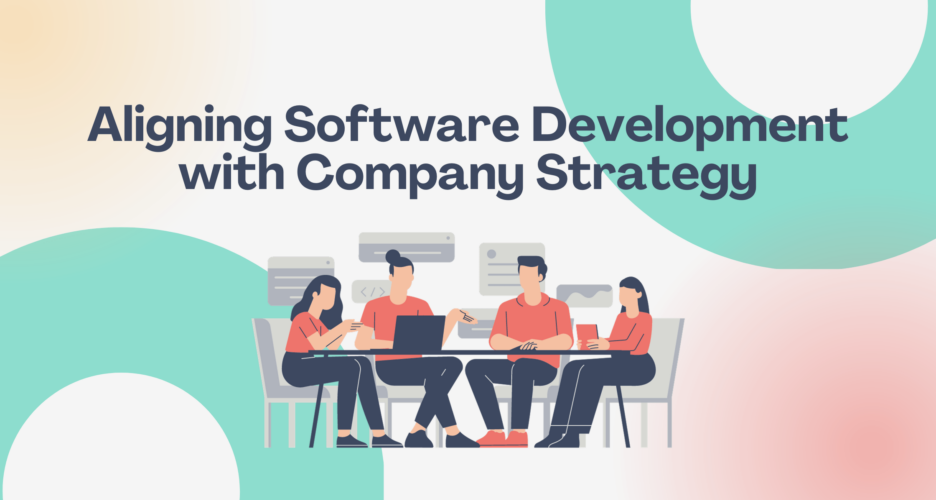Software development is a multifaceted and innovative process encompassing the stages of design, coding, testing, and deployment, all aimed at meeting users' specific needs and user experience expectations. However, the journey extends beyond code completion and entails an intricate interplay with a company's overarching strategy. This article will delve into what transpires after the development phase, emphasizing strategic alignment, meticulous data collection processes, and extracting user aspiration insights to bolster sales, scale, and ultimately expedite the value-building process for organizations.
Strategic Alignment with Company Goals
Software development should be guided by the strategic objectives of the organization. This includes ensuring the software's features and functionalities align with the company's mission and vision. A well-defined strategy can help prioritize development efforts and investments to maximize business impact.
Data Collection for Enhanced User Experience
Beyond coding, robust data collection processes are crucial. Collecting and analyzing user data can provide valuable insights into how the software is used and what improvements are needed to enhance the user experience. This data-driven approach helps make informed decisions and tailor the software to meet evolving user needs.
Identification of User Aspiration Insights for Sales and Scale
Understanding user aspirations is key to driving sales and scaling the software's adoption. By conducting user surveys, analyzing user behavior, and closely monitoring user feedback, organizations can identify trends, preferences, and pain points. These insights can inform marketing strategies, feature enhancements, and customer engagement initiatives, ultimately driving growth.
Software Maintenance as Value Acceleration
The software maintenance phase should be seen as a value-acceleration process. Regular updates and bug fixes are essential to keep the software reliable and secure. Moreover, strategic updates should focus on adding features that align with user aspirations and company goals. A well-executed maintenance plan ensures that the software remains valuable to the organization.
Continuous Improvement through User Feedback
User feedback is a goldmine of improvement opportunities. It should be actively collected and analyzed throughout the software development lifecycle. Companies should establish feedback loops to address issues promptly, implement suggested enhancements, and demonstrate a commitment to delivering a superior user experience.
Scaling in Harmony with User Growth
As user bases expand, scalability becomes a priority. Scalable architecture should be an integral part of software development to accommodate growing demands seamlessly. The ability to scale should align with the company's strategic objectives and anticipated user growth.
Security and Compliance
Security and compliance should be ongoing considerations. Continuous vigilance against emerging threats and adherence to industry regulations are essential. Aligning security practices with the company's overall risk management strategy ensures that the software remains resilient and compliant.
End-of-Life Planning
Every software has a lifecycle, and end-of-life planning is essential. A clear plan for retiring or replacing the software, including data migration and user notifications, should align with the company's long-term strategic goals.
In conclusion, software development is the initial step in a more comprehensive journey that should be intrinsically connected to a company's strategy. Beyond coding, the phases of testing, deployment, maintenance, and user feedback are pivotal for achieving and sustaining software functionality, security, and competitiveness. By embracing these facets and fostering alignment with company strategy, organizations can ensure that their software investments are poised to generate enduring value. If you want to learn more about how Bio::Neos can support your software development process in alignment with these principles, please contact us at info@bioneos.com. Want to learn more about how we work? Read more about Scientific Technology Architects!

